Congratulations! If you have read my last two blog segments, you can confidently identify buckthorn in the winter and know how to successfully cut and stump treat non-native invasive buckthorn. Why it is important to remove these non-native invasive plants? Grab a fresh cup of coffee and read on. A little natural history about life before buckthorn will form the basis to understanding how buckthorn removal and control will significantly benefit the environment.
Over many thousands of years, plants adapt and evolve together to form native plant communities. Our native plant communities are designed to tolerate and thrive in this region’s specific climate and environmental conditions. Native wildlife, including insects, birds and mammals rely on their native plant communities for nesting habitat and food
resources.


As European immigrants arrived and settled here in the 1800s, they brought and planted buckthorn as a hedge plant. Native to Europe, buckthorn was an alien to our plants and wildlife, offering them no value. The natural enemies, pests and diseases that control buckthorn in Europe are not present here.

A dense thicket of buckthorn

As an alien without control, buckthorn quickly invades our natural areas forming dense thickets that choke out native vegetation. Continued loss of native vegetation directly and negatively affects wildlife. Without nesting habitat and food resources, wildlife becomes displaced or dies off causing a decline in species diversity. Without human intervention, extinction of plant and wildlife species will occur. The ultimate threat is a diminished food supply to the human population if native plant pollinators become extinct.
Time for some good news after that dismal outlook! If you remove and maintain control of buckthorn and other non-native invasive plants, desirable native plants will make a comeback. Our native plant communities in partnership with their wildlife species will return to a state of health and balance if we undo the problem created by human disruption.
Many thanks to those of you who already work at buckthorn control! To those of you who are new to buckthorn control, nature will share rewards as thanks for your efforts. Some of these rewards will be the appearance of birds, butterflies and beneficial insects. You begin to spot native plants, trees and shrubs returning to your woodland, possibly including species like these native Minnesota wildflowers.
Enjoy the natural benefits waiting in your favorite woodland!





